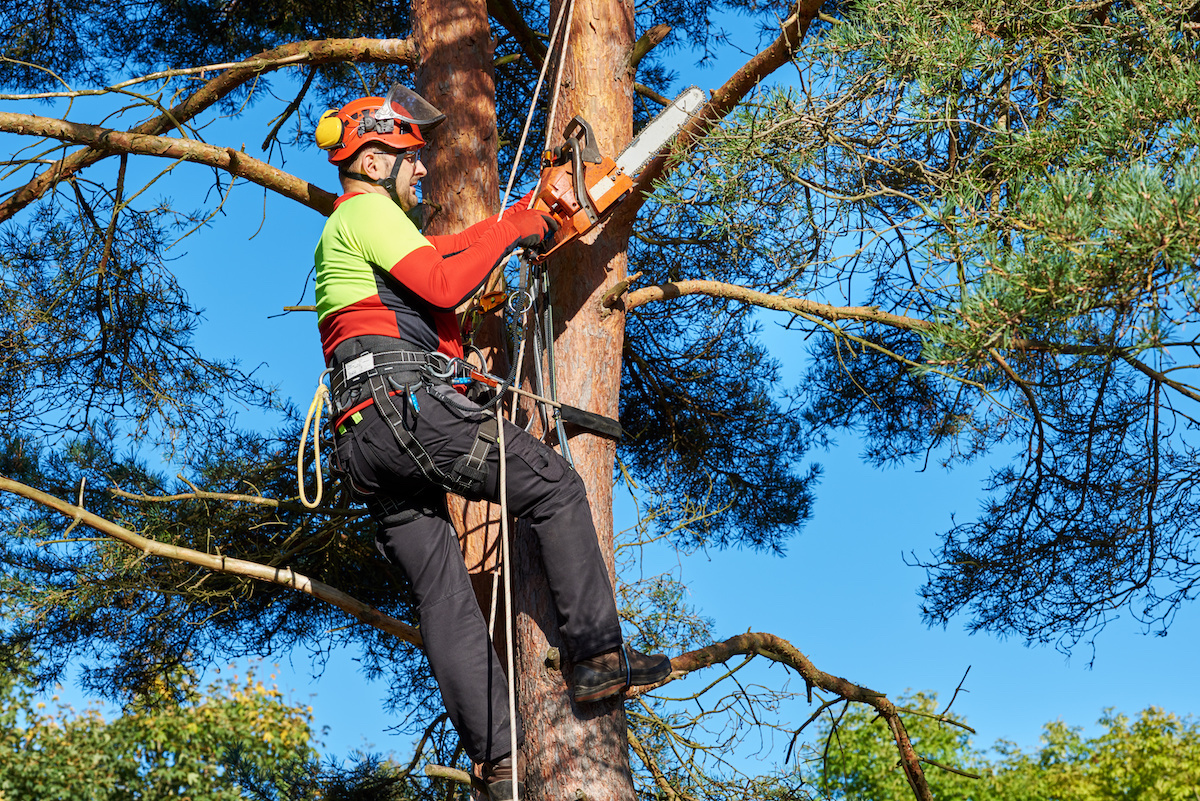Trees are vital to our ecosystem, boosting the air we breathe, supporting ecosystems, and providing shade and aesthetic appeal to our settings. However, maintaining the well-being and integrity of these towering giants requires specialized knowledge and abilities that only licensed tree experts possess. As specialists in tree care, arborists play a crucial role not only in preserving individual trees but also in acquiring funding for tree care projects through funding opportunities and public efforts.
When it comes to financing your tree care needs, comprehending the value of employing a licensed arborist can be crucial. These experts are prepared with the skills of tree pruning, identifying health issues, and risk assessment, ensuring that your trees remain thriving and protected. From identifying symptoms that reveal the necessity for professional intervention to guiding you through the frequently intricate funding application process for tree care, arborists are your strongest supporters in fostering a vibrant green environment. Join us as we explore how arborists help obtain the financial backing needed for comprehensive tree care and the many other assistance they provide to improve the vitality of our city woodlands.
The Significance of Certified Arborists
Engaging a professional arborist is crucial for ensuring the safety of your arboreal assets. Certified arborists have completed extensive training and have a deep understanding of arboreal science, pests, diseases, and proper care techniques. This skill allows them to make knowledgeable decisions that promote the lifespan of your plants while reducing hazards associated with tree hazards.
In addition, certified arborists are prepared with the most current information in best practices for maintaining trees, including shaping, supporting, and risk assessment. They can identify issues accurately and formulate personalized care plans specific to the individual needs of your plants. This standard of expertise not only boosts the visual attractiveness of your land but also supports the overall health of the metropolitan ecosystem.
Ultimately, opting for a professional arborist means you have someone who follows best practices and moral guidelines. This commitment to ethical conduct not only guarantees that your arboreal assets are in safe hands, but it also implies that you are backing eco-friendly arboricultural practices. In effect, this helps promote stronger neighborhoods and surroundings, highlighting the vital role that certified arborists play in our ecosystems.
Key Tree Care Methods and Tools
Arborists rely on a variety of techniques and specialized tools to promote tree health and ensure safety. Tree surgeon cork city is the pruning of trees, which entails selectively cutting branches to improve the tree’s structure, stimulate growth, and beautify its overall aesthetic. Certified arborists use their knowledge of tree biology and growth patterns to decide on the best pruning methods for specific species and situations. Tools such as secateurs, saws, and trimming tools are crucial for this work, allowing arborists to make exact cuts that reduce damage to the tree.
Tree cabling and bracing are supplementary techniques used by arborists to support unstable trees. These approaches help mitigate the risk of tree failure, particularly in urban environments where trees are subjected to various stresses. By putting in cables and braces, arborists can support branches and enhance their longevity. The appropriate selection of materials and techniques is crucial, as it guarantees that the support provided is efficient without inflicting harm to the tree.
In their day-to-day work, arborists use a range of tools designed for particular tasks. This includes gear for climbing for safely and effectively accessing elevated branches, diagnostic tools for evaluating tree health, and machinery for tree removal when necessary. Grasping the strengths and disadvantages of each tool allows arborists to perform their work smoothly while minimizing risks. As technology progresses, new tools and techniques keep appearing in the field of arboriculture, empowering professionals to provide even greater care for trees in various environments.
Choosing the Right Arborist for Your Needs
Choosing the right arborist is crucial for maintaining the health and safety of your trees. Commence by looking for certified arborists who have undergone extensive training and successfully completed rigorous exams. Credentials such as International Society of Arboriculture certification can assist you spot professionals who comply to industry standards. Additionally, inquire about their experience with the particular tree care services you need, whether it's pruning, pest management, or hazard analyses.
When evaluating prospective arborists, ask for references and check their reviews. A well-regarded arborist should have a good track record of happy clients and successful projects. Don't hesitate to request examples of past work, as this can give you an understanding into their expertise. It's also wise to talk about their approach to tree care, ensuring their methods align with your preferences and objectives. A good arborist will be ready to explain their process and the reasons behind their recommendations.
Ultimately, consider the importance of communication and professionalism. A reliable arborist should be easy to talk to, willing to address your questions, and provide clear estimates. Address any concerns you have upfront, and evaluate how they respond. Finding an arborist who prioritizes customer service and clear communication can result in a successful partnership in maintaining your trees' health and beauty.

